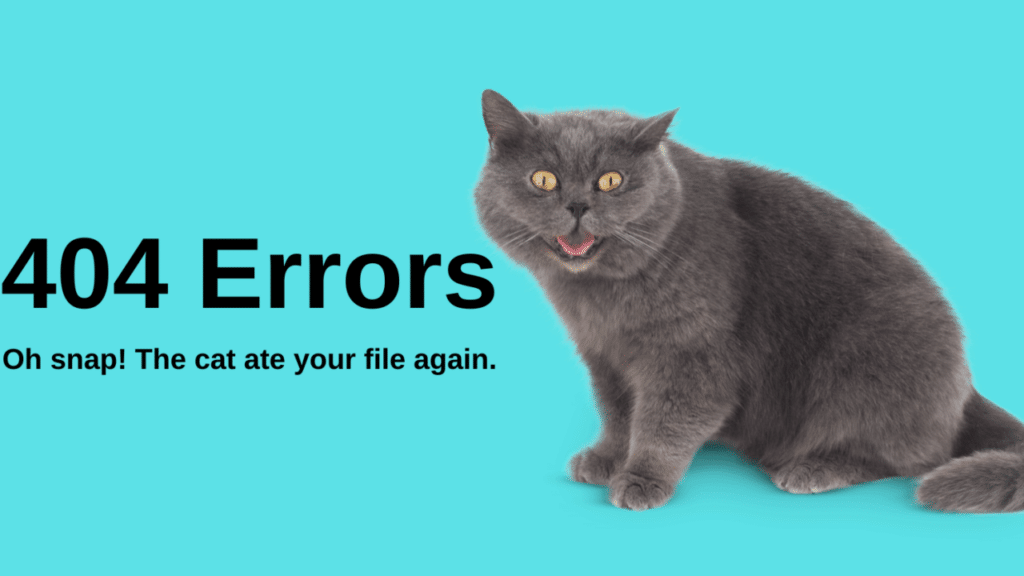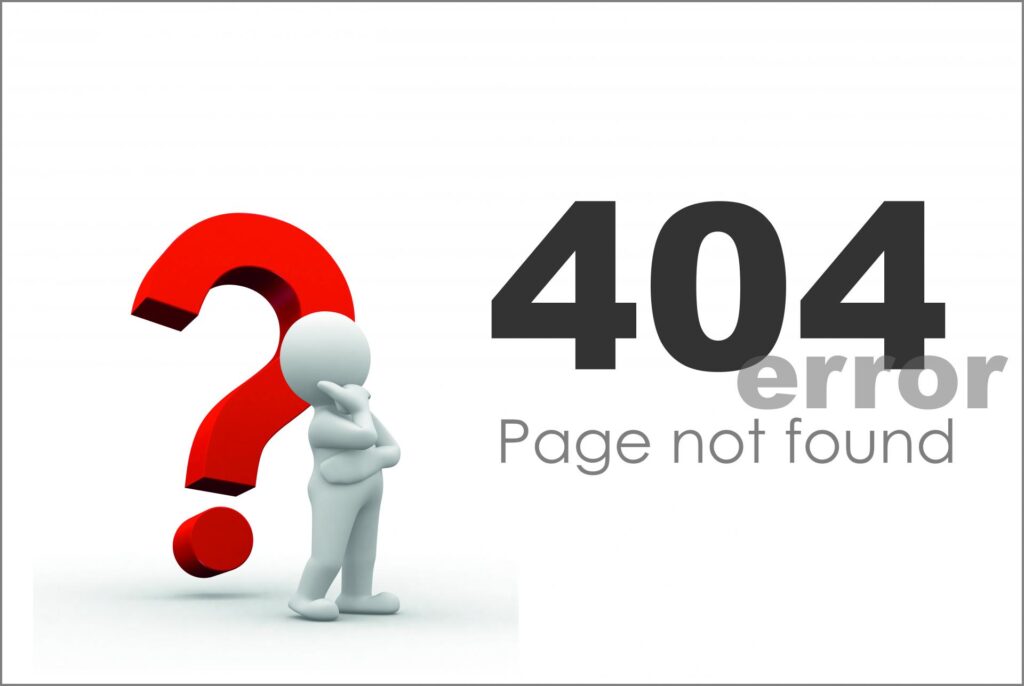In the vast expanse of the internet, we have all encountered those frustrating moments when our attempts to access a web page or resource are met with a cryptic error message. These error messages, with their obscure codes and perplexing terminology, can leave us feeling lost and disconnected. In this article, we embark on a journey to trace the origins of internet error messages, exploring their history, significance, and the role they play in the complex web of online communication.
Contents
The Language of Error Codes
Error messages are typically accompanied by numeric codes that provide valuable information about the nature of the problem. These codes serve as a universal language for communication between web servers, browsers, and users, enabling quick identification and resolution of issues. One of the most prevalent categories of error codes is the HTTP status code. Ranging from the familiar 404 Not Found to the enigmatic 500 Internal Server Error, these codes signify various types of errors encountered during web communication.
Among all the error codes, one holds a special place in internet lore—the 404 Not Found error. This code has become synonymous with encountering a dead end on the internet, leading users to the enigmatic Room 404.
The origin of the term “404” can be traced back to the early days of the internet. It was coined at the CERN laboratory, where Room 404 housed the web team responsible for maintaining and updating the servers. When a requested resource could not be found, users were humorously directed to Room 404 as a tongue-in-cheek explanation for the error.
The Evolution of Error Messages
In the early days of the internet, error messages were often minimalistic, providing little information beyond a basic explanation of the error. These messages left users feeling bewildered and disconnected, with limited guidance on how to proceed. As the internet matured, so did the approach to error messages. Developers recognized the importance of providing clear and user-friendly explanations to help users troubleshoot and navigate the digital realm more effectively.
Today, error messages have evolved to be more than just technical notifications. Websites and applications have embraced customization, injecting personality and creativity into error pages. From witty remarks to interactive elements, these personalized messages strive to engage users and ease their frustrations. Error messages play a crucial role in shaping the user experience. Clear and informative error messages help users understand what went wrong, instilling a sense of trust and confidence in the platform they are using. Well-crafted error messages provide users with valuable information to troubleshoot issues independently.
By offering guidance and suggestions, these messages empower users to take appropriate actions to resolve the problem or seek assistance when needed. Error messages also serve as valuable feedback for developers. They provide insights into potential system weaknesses, helping developers identify and address underlying issues to improve the overall performance and reliability of web services.
Beyond 404
The 403 Forbidden error signifies that the user does not have permission to access the requested resource. It acts as a digital barrier, protecting sensitive information and ensuring the integrity of the web server. The 500 Internal Server Error is a catch-all code that indicates an unexpected issue occurred on the server side, preventing the successful completion of the user’s request.
It prompts administrators to investigate and resolve underlying server problems. The 502 Bad Gateway error occurs when a server acting as a gateway or proxy receives an invalid response from an upstream server. It signifies a breakdown in the communication between servers and prompts troubleshooting efforts to restore connectivity.
Internet error messages, with their enigmatic codes and messages, are an integral part of our online experience. From the iconic Room 404 to the array of HTTP status codes, these messages communicate vital information, guide troubleshooting efforts, and shape the user experience. As technology advances and user expectations evolve, error messages continue to transform, becoming more user-friendly, informative, and personalized.



